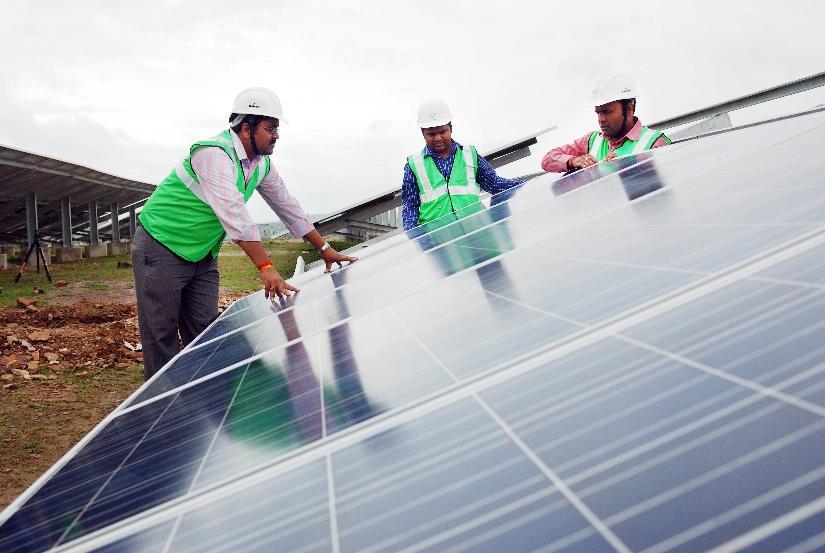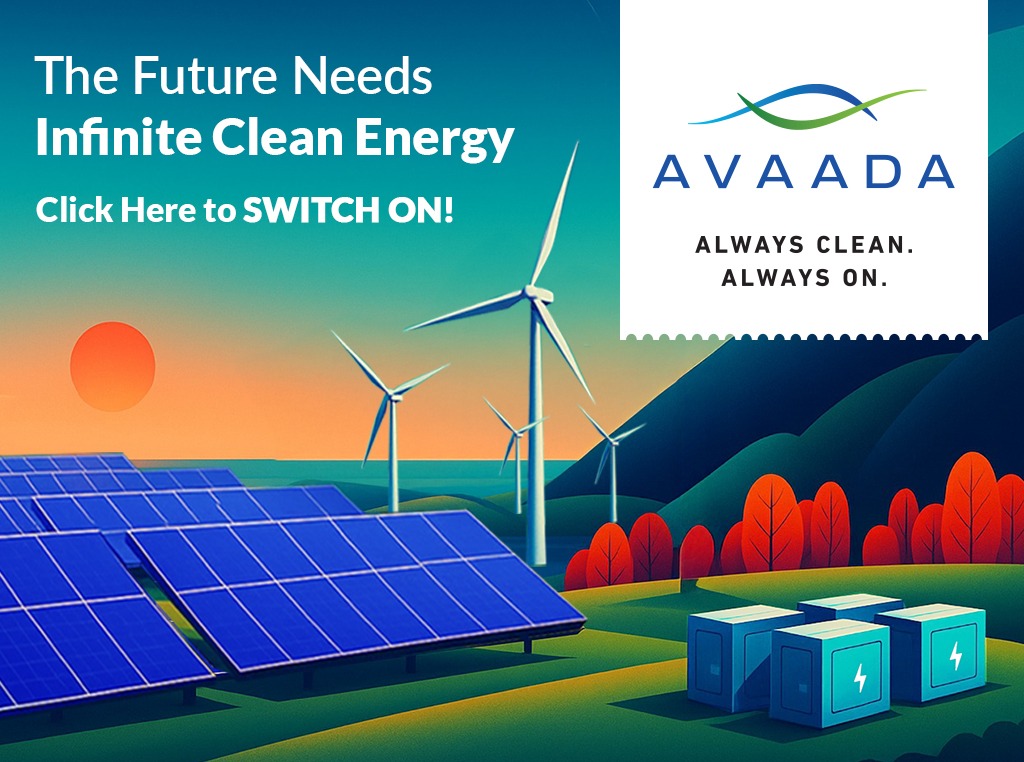Solar energy, a term that has gained significant traction in recent years, is at the forefront of sustainable solutions to meet the world’s growing energy demands. But what is solar energy? At its core, solar energy is the power derived from the sun’s rays. It’s a form of renewable energy that has been harnessed by humans for centuries, but only recently has it become a major player in the global energy scene. This article delves deep into the use of the solar energy, its benefits, the intricate processes behind solar power generation, and its rich history.
A Brief History of Solar Energy
The history of solar power systems dates back thousands of years. Ancient civilizations recognized the power of the sun and found innovative ways to harness this vast energy source. The Greeks and Romans, for instance, used sunlit fires to light torches for religious ceremonies. Later, in the 7th century B.C., magnifying glasses were used to concentrate the sun’s rays and create fire.
By the 3rd century B.C., Greeks and Romans had started using sun-drawn mirrors as weapons during warfare. Fast forward to the Industrial Revolution, and we see the first instances of solar energy being used to produce steam, which powered machinery.
The 20th century marked significant advancements in solar renewable energy solution. The invention of the silicon PV cell in the 1950s allowed for the direct conversion of sunlight into electricity, revolutionizing how solar energy is produced.
What is Solar Energy?
Solar renewable energy is energy harnessed from the sun’s light and heat. The sun emits photons, which can be captured and converted into electricity or heat, powering homes, businesses, and even entire cities. When we talk about information about solar energy, it’s essential to understand that it’s a clean, inexhaustible resource, making it a viable alternative to fossil fuels.
Also Read: Types Of Solar Systems
Use of the Solar Energy
The use of the solar energy has been prevalent for centuries. Ancient civilizations used it to warm their homes, cook food, and dry clothes. Today, the solar energy usage has expanded to various sectors:
Residential
Many homeowners are installing solar panels on their rooftops to reduce electricity bills and decrease their carbon footprint.
Commercial
Businesses are leveraging solar energy to power their operations, from small shops to large industrial plants.
Agriculture
Solar-powered water pumps and heaters are now common in farms, aiding in irrigation and livestock care.
Transportation
Solar-powered vehicles, though still in their infancy, are making strides in the transportation sector.
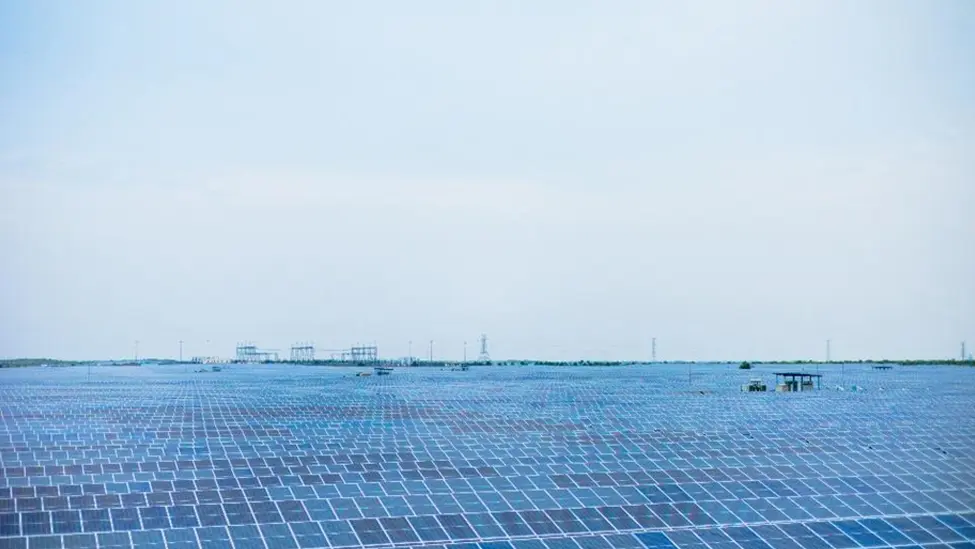
Solar Power Generation
Solar power generation is a fascinating process. The most common method involves using photovoltaic (PV) cells, which are semiconductor devices that convert sunlight into electricity. When sunlight hits a PV cell, it excites the electrons in the cell, creating an electric current. This is the basic principle behind how solar energy is produced.
Another method is the concentrated solar power system, where mirrors or lenses are used to focus a large area of sunlight onto a small area. The heat generated is then used to produce steam, which drives a turbine connected to an electricity generator.
Also Read: Renewable Energy Sources: Unlocking the Potential of Various Energy Resources
How is Solar Energy Produced and Generated?
Understanding how is solar energy produced and how solar energy is generated is crucial for its adoption. The process of converting sunlight into usable energy has seen significant advancements over the years. Here’s a detailed breakdown:
Photovoltaic (PV) Cells
The most common method involves using PV cells, which are semiconductor devices that convert sunlight directly into electricity. When sunlight hits a PV cell, it excites the electrons in the cell, creating an electric current. This is the basic principle behind how solar energy is produced. These cells are often grouped together to form solar panels, which can be installed on rooftops, walls, or even on the ground.
Concentrated Solar Power (CSP)
This method uses mirrors or lenses to focus a large area of sunlight onto a small area. The heat generated is then used to produce steam, which drives a turbine connected to an electricity generator. There are various types of CSP systems, including parabolic troughs, solar power towers, and dish/engine systems.
Solar Thermal Systems
These systems capture the sun’s heat to warm up water or another fluid. The heated fluid then produces steam, which can be used to generate electricity. It’s a more indirect method compared to PV cells but can be highly efficient, especially in large-scale operations.
Also Read: Black Vs Blue Solar Panels
Emerging Technologies
Innovations are continually emerging in the solar energy sector. For instance:
- Solar Paints: These are coatings that can be applied to surfaces, turning them into energy-generating entities.
- Transparent Solar Windows: Imagine windows that not only provide a view outside but also generate electricity! These windows have transparent solar cells embedded within them, allowing for energy generation without obstructing the view.
- Solar Storage: With advancements in battery technology, storing solar energy for use during non-sunny hours has become more efficient. This addresses one of the primary challenges of solar energy – its intermittent nature.
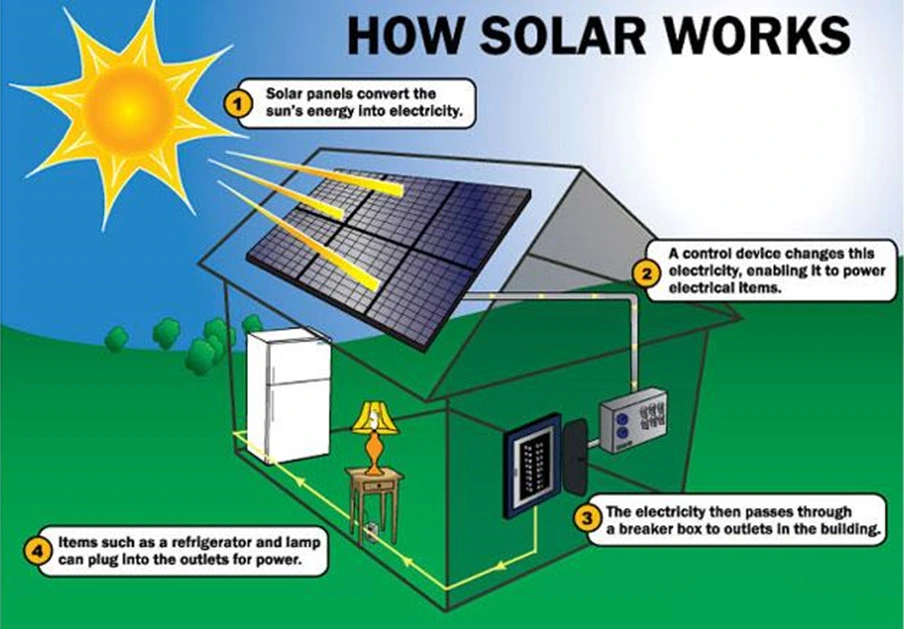
By understanding the various methods of solar power generation, one can appreciate the versatility and potential of solar energy. Whether it’s the direct conversion of sunlight through PV cells or the indirect methods using CSP and thermal systems, solar energy offers a range of solutions to meet our energy needs.
Solar Renewable Energy: The Future
Solar renewable energy is not just an alternative but a necessity for a sustainable future. As fossil fuel reserves deplete and environmental concerns rise, the shift towards renewable sources like solar becomes imperative. The benefits are manifold:
- Environmentally Friendly: Solar energy reduces the carbon footprint, curbing greenhouse gas emissions.
- Cost-effective: After the initial investment in solar infrastructure, the cost of maintenance and operation is minimal.
- Job Creation: The solar industry has created numerous jobs, from manufacturing to installation and maintenance.
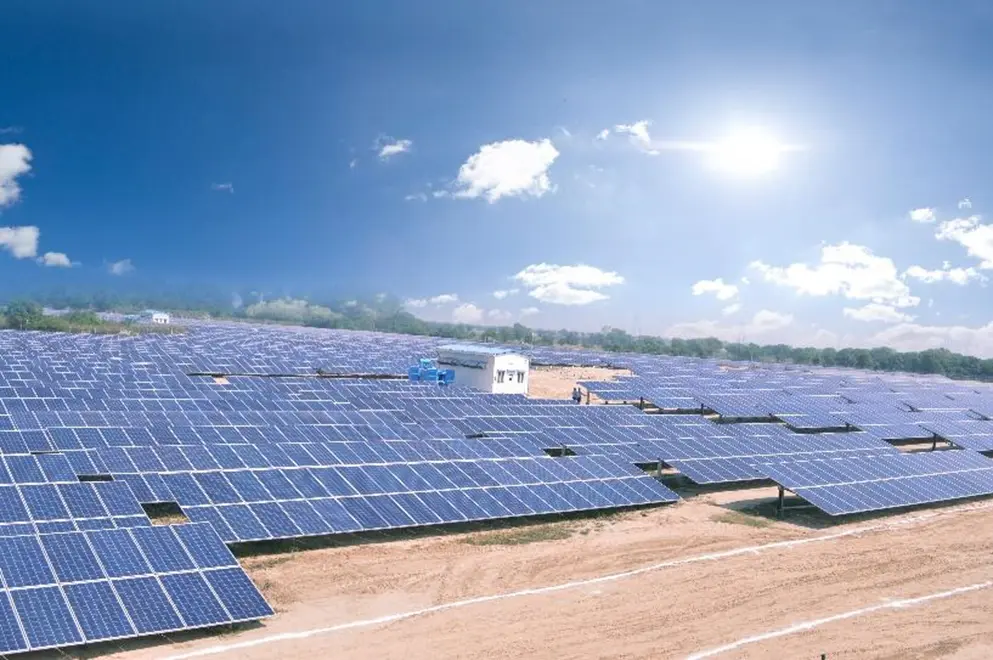
Conclusion
In essence, solar energy is the beacon of hope in the quest for sustainable energy solutions. As technology advances and the world becomes more aware of its environmental responsibilities, the use of the solar energy will only increase. Whether you’re considering it for personal use or want to understand its global implications, knowing what is solar energy and its potential is the first step towards a brighter, greener future!
FAQs
1. What is solar energy and how is it generated?
Solar energy is sunlight converted into electricity using PV cells or heat via CSP mirrors that focus light to produce steam for power.
2. What are the latest advancements in solar energy technology in 2025?
Solar paints, transparent PV windows, and advanced batteries now enable efficient power generation and storage in 2025.
3. How does concentrated solar power (CSP) differ from photovoltaic (PV) systems?
PV converts sunlight directly into power, while CSP uses mirrors to create heat and steam—ideal for large-scale generation.
4. Can solar energy be used at night or on cloudy days?
Yes, stored energy in batteries powers homes at night or cloudy days; hybrid grid systems ensure continuous supply.
5. What are the main uses of solar energy in 2025?
Used in homes, offices, farms, EV charging, and industries for clean, reliable power via rooftop and large-scale systems.
6. How did ancient civilizations use solar energy?
Greeks and Romans used mirrors to start fires and designed homes for passive solar heating centuries ago.
7. What is the role of solar thermal systems in power generation?
They capture sunlight heat to create steam that drives turbines, generating efficient large-scale electricity.
8. Are solar panels on windows a real thing in 2025?
Yes, transparent solar windows now generate electricity while allowing light—perfect for modern buildings.
9. Why is solar energy considered the future of renewable energy?
It’s clean, renewable, low-cost, and reduces emissions while boosting energy independence and job creation.
10. How long have humans been using solar energy?
Since 7th B.C., using magnifying glasses for fires; modern solar began in 1950s with silicon PV cells.

